Blockchain is currently one of the fascinating technology breakthroughs in the world. It has a lot of potential to create groundbreaking innovations, and it promises to bring significant changes in the future. The blockchain software development framework 2022 is also one of the hottest online topics.
If you’ve ever explored the world of decentralized financial networks, such as Bitcoin and Ethereum, you’ll know that blockchain development tools and technology is a whole new frontier.
Extrapolating from the current landscape, technology such as blockchain is primed to take over the world in the coming years. If this trend persists, there will be no stopping it soon, and we’re already starting to see an overwhelming number of platforms and tools. Of course, that has a downside: it’s hard to find the right one for your needs!
And if you want to be a part of this exciting field, how to implement blockchain, build your blockchain app or top of an existing network, it helps first to understand the development frameworks that are out there now. So let’s look at the top blockchain platforms and how they can help you.
To help you find the best blockchain development platforms for your project, we’ve compiled a list of top blockchain development frameworks in 2022.
Best Blockchain Development Platforms For 2022
Let’s take a look at the most popular and the best blockchain development platforms. There are many platforms out there, but some of them stand out from the rest.
Hyperledger Fabric
Hyperledger Fabric is a distributed ledger platform built on a modular design that provides high confidentiality, resilience, flexibility, and scalability. It’s built to handle the complexities and intricacy of the entire economic ecosystem by allowing for pluggable implementations of different components.
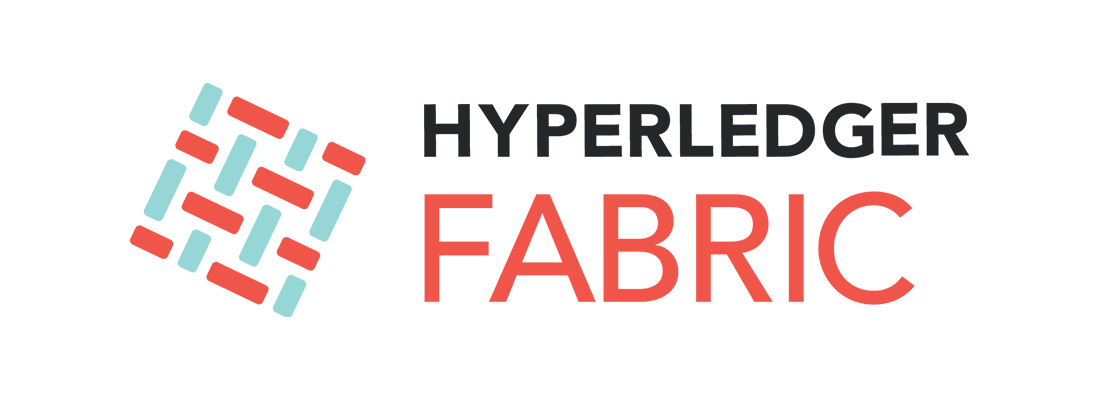
Features
-
Private and Permissioned:
The Hyperledger Fabric network does not use an open, permissionless system that allows anybody to join but uses a trusted MSP (Membership Service Provider).
-
Privacy:
For the first time in Internet history, a blockchain project supports networks where privacy (through channels) is a critical operating need.
-
Smart Contract Functionality:
Chain code-based smart contracts are supported by Hyperledger Fabric, which may be implemented in various computer languages, including Go and Node, at the moment. It has an open smart contract model that enables any desired solution model to be achieved with ease.
-
Consensus Mechanism:
Consensus can be achieved via a variety of endorsement methods. You can pick a consensus mechanism that best depicts the relationships between members across your different companies. This is how you build a new network!
In addition, it allows for the creation of channels, which enables a group of participants to maintain their ledger of transactions. It uses private data’ collections’ to provide data sharing on a need-to-know basis.
Strength and Weakness of Hyperledger Fabric for Blockchain Networks
Strength
-
Modular Architecture:
It can be difficult to build an enterprise blockchain development tool. The new technology necessitates a lot of time and effort on the part of the developers. There aren’t many ready-to-use plugins or other tools accessible. At the protocol level, developers spend a lot of time automating things. Because there is no single administrator, this is a difficult task.
A pluggable architecture is provided by Fabric, allowing programmers to construct their custom modules. Developers will greatly benefit from this. Since they have this feature, they can easily add features like custom identity management. Including a custom identity management system is a popular request. To develop permissioned blockchains, many organizations prefer to use their existing identity management system for network participants. This is possible because of the modular design.
-
Builds Permissioned Blockchains:
A permissioned blockchain is the most likely option for businesses. Unknown people can’t get transaction data from businesses such as banks required by strict regulatory standards. Unauthorized access jeopardizes the companies’ ability to make money in the future since information is a valuable asset.
Fabric is a secure framework that requires user consent. Participant identity is verified against the identity management system of each company. Anonymity and pseudonymity are not allowed. ‘Membership Service Providers’ are commonly used by organizations that use Fabric (MSP). User authentication and certificate issuance are both served by this feature. The MSP is known as a Certificate Authority (CA) in Fabric terminology. For example, ‘cryptogen’ can be used to generate an MSP certificate on the platform.
-
Performance and Scalability:
Fabric’s absence of POW algorithm and crypto mining provides high scalability and rapid transactions. Transaction validation mimics the usual workflow of a transaction in a business.
-
Rich Querying Capability:
With every update, key-value pairs for assets are added to the distributed ledger. Fabric’s file system uses LevelDB, an ideal database for querying functions. Keyed queries are possible using LevelDB’s key-value database. Compound key inquiries, as well as key range queries, are also possible.
Additionally, you can install CouchDB, which offers a JSON-based document database. This provides an easy-to-use querying mechanism. A JSON-based application reduces the need for frequent updates to the application only to support querying. CouchDB is also capable of handling queries that return a large amount of data.
-
Hardware-Based Protection of Digital Keys:
When it comes to protecting and managing the digital keys used for authentication, Fabric has a ‘Hardware Security Model’ (HSM). In applications such as identity management, HSM provides an additional layer of security for keys and other sensitive data.
Weakness
- Lack of skilled programmers who can use it.
- Lack of verified use cases.
Use Cases
Hyperledger Fabri use cases are:
-
Innovation Cycle:
This is a common cycle for the innovation of any product. This is where research, planning, and testing come together to create an innovative product.
-
Blockchain as A Tamper-Proof Audit Trail:
It allows a record to be made of a transaction that cannot be changed afterward. Companies use this feature to track their supply chain, processes, and intellectual property.
-
Managing Data Access:
In the digital world, there is a lot of confidential data. This data can be stored in a blockchain network using Hyperledger Fabric.
-
Tracking Supply and Origin:
In the supply chain, there is a system of serialization. Companies use this to track their products from the time they’re processed in different departments until they’re delivered to customers. Hyperledger Fabric provides a solution for tracking this data through serial numbers, identifying information, and other useful details.
-
Financial Settlement:
Blockchain can be called a distributed ledger, or the technology enables a new layer of trust. It can be used to reduce the costs of settlement and transaction verification.
-
Invoice Processing:
This is a common business activity where companies issue invoices to customers. Blockchain enables a new level of trust in invoices. Invoice information can be stored in a distributed database, providing an immutable record. This can be used to prevent fraud, ensure no duplicate invoices are issued, and more.
-
Commission Management:
In the real estate market, commissions are a vital part of the business. Blockchain can be used to streamline the commission management process by providing a distributed database to track each transaction.
-
Contract Validity:
Using a smart contract, companies can manage outstanding contracts and the properties they contain. A smart contract ensures no changes can be made to the contract after execution.
-
Time-Sensitive Distribution:
In the time-sensitive distribution market, there are many events that must be accurately recorded. People regularly use blockchain to track their deliveries. With blockchain, companies can record shipments and the transactions involved in each one.
-
Internal Secured Marketplace:
Businesses can secure their internal commerce market with blockchain. The platform ensures that only authorized participants can make an offer, which reduces the risks of fraud.
Ethereum
Ethereum is a blockchain-based decentralized program with smart contract capabilities. In addition to supporting Ether, and the second-largest cryptocurrency globally, Ethereum is an open source platform. It is possible to operate smart contracts and apps created on Ethereum’s blockchain without fraud, downtime, control, or other third-party interference.

Features
-
Ether:
Ethereum’s currency is called Ether. It is a digital currency, similar to Bitcoin. It is used as ‘gas’ for transactions on Ethereum’s blockchain. To send and receive Ether value, Ether tokens are used.
-
Smart Contracts:
Ether’s smart contract capabilities enable developers to build decentralized applications (DApps) and run them automatically using the Ethereum Virtual Machine (EVM). Smart contracts are computer programs that automatically execute with new networks of multiple participants without third-party interference or intermediaries.
-
Ethereum Virtual Machine:
It is a blockchain-based virtual machine that executes smart contracts. It uses an Ethereum Virtual Machine (EVM) to execute the rules of the smart contract.
-
Decentralized applications (Dapps):
A Dapp is a decentralized application. It is the application that runs through blockchain and the Ethereum Virtual Machine (EVM) to implement smart contracts.
-
Decentralized autonomous organizations (DAOs):
DAOs are decentralized autonomous organizations. DAOs are governed by a set of rules and contracts, without the need for a single entity to have control over them. DAOs are not controlled by a central entity, such as an authority or company.
Strength and Weakness of Ethereum for Blockchain Networks
Strength
-
Liquid Digital Asset:
Only Bitcoin is a more liquid digital asset than Ethereum.
-
Available expertise:
No other digital asset can match Ethereum in terms of the number of developers, developer activity, dApps, nodes, settlement value, and total fees it has.
-
Scalability & Adaptability:
Blockchain 3.0 projects can benefit from Ethereum’s smart contracts due to their scalability and adaptability.
-
Number of dApps:
Thousands of dApps launched on the platform have boosted the platform’s name recognition and contributed to huge network effects.
Weakness
- The project is still unfinished during a gigantic, multi-year refurbishment and presents significant risk.
- The Apps and other projects are currently hindered in their growth and ability to provide an enjoyable user experience by current scalability challenges.
- Ethereum’s acceptance and popularity could be harmed by stiff competition from competing blockchains like Polkadot and Cardano.
Use Cases
The applications of Ethereum cover a wide range of use cases which include:
-
Decentralized Autonomous Organizations:
A Decentralized Autonomous Organization (DAO) is a form of organization that exists solely in cyberspace. Being decentralized, it provides no single point of failure and no concentration point for attacks. DAOs typically consist of cooperating agents which make decisions using a set of rules encoded as computer programs called smart contracts.
-
Ethereum Token Launches:
Ethereum provides a platform for the issuance of cryptographic assets and smart contracts. The Ethereum token launch process enables the creation of assets and smart contracts.
-
Enterprise Ethereum:
Ethereum has great potential for enterprise use. It is the best fit for certain applications that require a combination of security, scalability, and transparency in their transaction processing.
-
Non-Fungible Tokens on Ethereum:
Non-fungible tokens (NFTs) allow people interacting on Ethereum to trade one or more assets that represent unique properties, such as collectibles or ownership rights.
-
Stablecoins:
Stablecoins are crypto-assets pegged to real-world assets like fiat currency and gold. Stable coins can act as a store of value, an alternative for crypto investors looking for a hedge against the volatility of crypto assets.
-
Decentralized Finance:
Decentralized finance solutions are digital instruments backed by assets (usually real estate) that can be bought and sold in digital token form. Contracts and transaction records can be transparently tracked, verified, and validated.
R3’s Corda
R3’s Corda is a permissioned P2P distributed ledger technology (DLT) platform that enables the development of apps that encourage and deliver digital trust between participants in regulated markets.
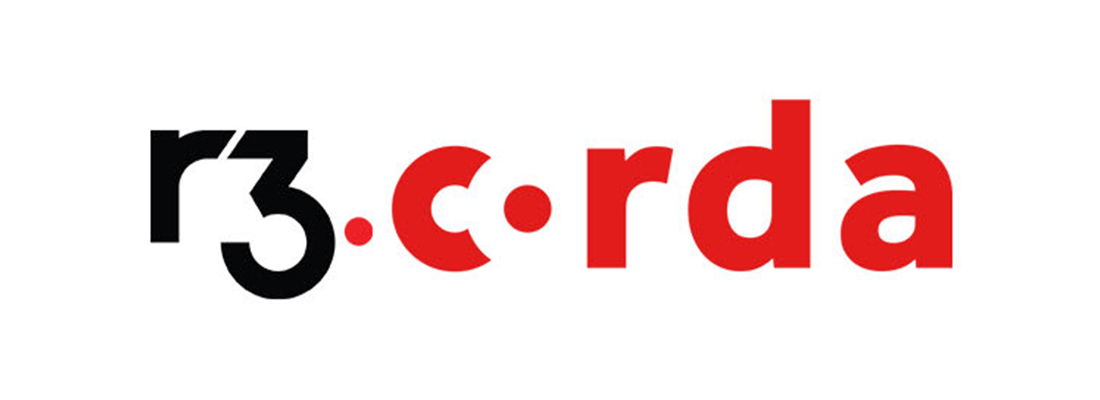
Features
The R3’s corda’s features include:
-
Corda Serialization Framework:
The Serialization Framework of Corda consists of a set of APIs used to standardize and boost interoperability in the various components and use cases of the platform.
-
Hash Constraints:
Hash constraints are used to ensure that the transactions on a ledger satisfy certain rules. The constraints contain requirements that restrict the type of data that can be set in contracts.
-
Whitelist Constraints:
Whitelist constraints are used to make sure that only a certain set of data can be set and enforced in a transaction.
-
Inline Finality Flow:
Inline finality ensures that the execution of a transaction is final, effective immediately, and will not result in a state where the transaction has been partially applied or aborted.
-
Reference States:
Reference states are states in which a transaction or contract is known to have had a value that was possibly changed by another transaction or contract and therefore required to be recovered.
-
Signature Constraints:
Signature constraints are types of hash constraints that require the transaction to include a digital signature and can also require that signatures be validated.
-
Underlying Support for Accounts:
Accounts are required to have a certain balance or value, which can be written to or read from. Account balances can also be verified at any time that they exist on the ledger.
-
Prevent CorDapp Hosting Issue:
Corda provides a mechanism for preventing the conundrum in which various dApps can try to capture resources on the system. This is called corDapp hosting and occurs with so-called phishing attacks through which dApps attempt to host other dApps on their platform.
-
Corda Smart Contract Specifications:
The Corda Smart Contract Specifications document describes the syntax, semantics, and other aspects of smart contracts written in the language of Ethereum, Solidity.
-
New Flow Framework APIs:
The New Flow Framework APIs describe the syntax and semantics of Corda’s own scripting language, providing common patterns and terminology for creating decentralized applications on top of Corda.
-
API Update:
The API Update document provides a number of changes to the system APIs, to help make the APIs more consistent and powerful.
Strength and Weakness of R3’s Corda for Blockchain Networks
Strength
-
Data and transaction confidentiality:
Data stored on the Corda network is completely private. Cordas’ underlying blockchain protocol consists of a “permissioned” ledger that validates transactions and thus allows full audit trails.
-
A High Rate of Productivity:
The Corda network is characterized by high availability, scalability, and throughput. The overall system performance scales with the number of nodes and does not have to be artificially limited by design.
-
Cost And Efficiency Optimization Of Inter-Company Collaboration:
The architecture of Corda is designed to optimize data privacy and cost-efficiency of interaction between different organizations.
Weakness
- It is a private blockchain, and authorized permission is required to access network contents.
- No native cryptocurrency.
Use Cases
The following are the R3’s Corda use cases:
-
Healthcare:
It can be used in the healthcare industry to create a global patient ID that securely identifies a person from cradle to grave. And it will serve as a basis for all medical records, legal identities, and any other solutions built on top of it.
-
Finance:
It can be used in the finance industry to reduce the costs of transaction processing by ensuring the reliability of data and transparency of key course events so that corporations do not have to rely on central authorities.
-
Capital Markets:
It can be used in the capital markets industry to maintain a record of ownership and relationships between different asset types.
-
Digital Assets:
It can be used in the digital asset management industry to create decentralized exchanges, which would allow users from different jurisdictions to exchange value with each other.
-
Digital Identity:
It can be used in the digital identity industry to create a network of certified public keys, which would allow users to interact without disclosing their personal identities.
-
Energy:
It can be used in the energy industry to create a network of smart contracts that can autonomously and securely manage a set of complex electricity trading activities.
-
GovTech:
It can be used in the government technology sector to create a network of smart contracts that can autonomously and securely manage the activity of public sector business processes.
-
Insurance:
It can be used in the insurance industry to create a network of smart contracts, which would allow users to more accurately determine the terms and conditions of insurance contracts.
-
Supply Chain:
It can be used in the supply chain industry to create a network of smart contracts, which would allow users to more accurately determine the terms and conditions of supply chains.
Quorum
The Quorum Blockchain Service is a fully managed ledger service that enables businesses to scale their blockchain networks. Streamline the creation of your end-to-end blockchain application while avoiding infrastructure management headaches.
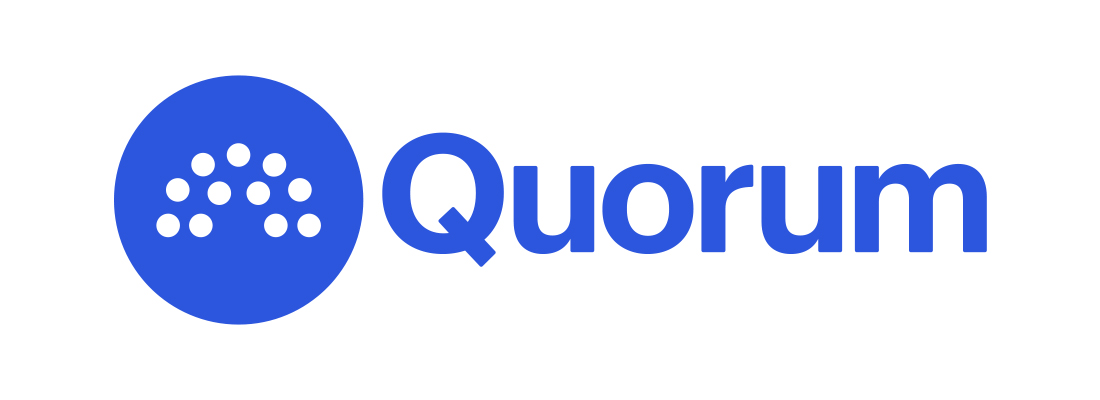
Features
-
Fast Performance:
The Quorum blockchain service can make transactions in the second. It is designed to deliver a high-performance blockchain service, allowing businesses to scale their blockchain networks with minimal impact on performance.
-
Permission Management:
The Quorum blockchain service includes features for permission management so that businesses and their users can have full control over who can execute and view the transactions.
-
Elimination of Transaction Pricing:
The Quorum blockchain service can automatically create a smart contract scheme so that businesses can eliminate the complexities of pricing transactions.
-
Better Privacy:
The Quorum blockchain service uses end-to-end encryption for all data on the blockchain, which means the network only stores encrypted data.
-
Assets Management:
The Quorum blockchain service makes it easy to manage assets on the network by tracking the creation and ownership of assets at each stage of their life cycle.
-
Open Source:
The Quorum blockchain is an open-source network, which means it can be used for free by any business or individual.
Strength and Weakness of Quorum for Blockchain Networks
Strength
-
Consensus Algorithm:
The Quorum Consensus Algorithm is based on a new algorithm called “BFT”, which is a type of consensus that allows the manager to delegate tasks to a set of managers and then synchronize the ledger.
-
Hybrid Smart Contracts:
The Quorum Blockchain Network allows users to send and execute smart contracts across the network or within private groups.
-
Performance:
The Quorum blockchain service is designed to deliver a high-performance blockchain service, allowing businesses to scale their blockchain networks while avoiding infrastructure complexity.
Weakness
- The Quorum blockchain service is currently not scalable to large numbers of nodes or transactions. Still working on ways to significantly increase scalability.
- The Quorum blockchain service does not support native cryptocurrency, which limits the types of applications that can be built on top of it.
- The Quorum blockchain service does not have third-party support. All support is handled by the people who created it.
Use Cases
-
Banking and Finance:
The Quorum blockchain service can be used in the finance industry to create a network of smart contracts that can autonomously and securely manage a set of complex transactions between businesses.
-
Insurance:
The Quorum blockchain service can be used in the insurance industry to create a network of smart contracts that can autonomously and securely manage the activity of insurance contracts.
-
Healthcare:
The Quorum blockchain service can be used in the healthcare industry to create a network of smart contracts that can autonomously and securely manage the activity of healthcare contracts.
-
Digital Identity:
The Quorum blockchain service can be used in the digital identity industry to create a network of certified public keys, which would allow users to interact without disclosing their personal identities.
-
Supply Chain:
The Quorum blockchain service can be used in the supply chain industry to create a network of smart contracts that can autonomously and securely manage a set of complex transactions.
-
Governance and Public Sector:
The Quorum blockchain service can be used in the government technology sector to create a network of smart contracts that can autonomously and securely manage the activity of public sector business processes.
-
Enterprise Solutions:
The Quorum blockchain service can be used in the enterprise solutions industry to create a network of smart contracts that can autonomously and securely manage the activity of end-to-end enterprise solutions.
-
Media and Entertainment:
The Quorum blockchain service can be used in the media and entertainment industry to create a network of smart contracts that can autonomously and securely manage the activity of digital rights management.
-
Travel and Hospitality:
The Quorum blockchain service can be used in the travel and hospitality industry to create a network of smart contracts that can autonomously and securely manage the activity of reservations.
-
Blockchain Data Analytics:
The Quorum blockchain service can be used in the data analytics industry to create a network of smart contracts that can autonomously and securely manage a set of complex data transactions on the network.
Ripple
Ripple is a financial technology that functions as a cryptocurrency and a digital payment network. Chris Larsen and Jed McCaleb co-founded it, and it was initially released in 2012. Ripple’s basic procedure is a payment settlement asset exchange and remittance system, comparable to the SWIFT system for international money and security transfers, utilized by banks and financial middlemen.

Features
Features of Ripple Include:
-
RippleNet:
RippleNet is a decentralized global network of banks and payment providers using Ripple’s technology.
-
Consensus and Validation:
Ripple uses a consensus algorithm called RippleNet validators, which validates transactions on the blockchain and distributes them to the appropriate account holders.
-
Unique Node List:
The Ripple ledger contains a unique node list that identifies each node as an individual gateway or server.
-
Gateways:
Gateways is the concept on Ripple that allows for different currencies to be sent between each other. Each gateway is identified by its account name and holds the full balance of its corresponding accounts.
-
XRP Ledger:
The XRP Ledger is the decentralized blockchain that stores all accounts, balances, and contracts in Ripple.
-
On-demand Liquidity:
The Ripple ledger has a feature called on-demand liquidity, which allows for payments to be sent between parties without pre-funding or funding an account balance in advance.
Strength and Weakness of Ripple for Blockchain Networks
Strength
-
Funds:
Ripple Labs Inc. is a well-funded company that receives venture capital from a variety of sources.
-
Team:
An impressive team with extensive ties to US regulators and powerful banking institutions
-
Followers:
Large and passionate followers on social media
Weakness
- The US Securities and Exchange Commission is suing Ripple Labs for not registering XRP with the agency and selling a security in a way that is against the law. The case is still going on.
- Not hard to censor because Ripple has too much power over the network and can freeze funds indirectly.
- Doesn’t have the right “tokenomics” to make prices go up. It is still not clear how pure mediums of exchange (also called “bridge currencies”) gain value. Banks don’t need to keep a lot of XRP on hand to use the protocol, which suggests that demand-side price pressure is low.
- Central bank digital currencies (CBDCs), real bank coins like JP Morgan, and the rise of private stablecoins are all creating more competition.
Use Cases
-
E-Invoicing:
The Ripple blockchain ledger can be used to send invoices, receipts, and other types of digital documents between businesses.
-
International Supply Chain Payments:
The Ripple blockchain ledger can be used to send payments to suppliers across the globe in a standardized manner.
-
Global Currency Account:
The Ripple blockchain ledger can be used as a global currency account for storing and transacting with foreign currencies.
-
Real-Time Cash Pooling:
The Ripple blockchain ledger can be used to pool funds from multiple parties that are willing to contribute to another account, with each party being paid according to a percentage of the overall pool.
-
International Bill Pay:
The Ripple blockchain ledger can be used to send and receive payments between international parties in a standardized manner.
-
Real-Time Remittances and International P2P Payments:
The Ripple blockchain ledger can be used to send and receive payments between international parties in a standardized manner.
How to Pick a Blockchain Platform for Your Business?
Choosing the right blockchain platform or ledger is not an easy task. It requires a lot of research and experiments because there is no perfect solution in the industry. There may be many factors that are different from one project to another.
The first step is to decide the development status of a platform?
If a blockchain platform is in the early stages of development, it may take a long time to realize its potential. For example, Ethereum’s development team is working on Casper and Sharding protocols that will allow the Ethereum network to scale and handle much more transactions than currently possible.
What type of Blockchain do you require?
Do you need a public blockchain or a private blockchain? Public blockchains have the advantage of reaching an audience of millions of users. However, if you’re searching for extra protection, Private Blockchain is your best bet. Some Private Blockchain platforms can be adapted to specific business scenarios, such as Corda, Hyperledger Fabric, Quorum, and Chain Core.
What Languages does the platform support?
Depending on your industry, you will require different types of languages. For example, if you are in the IoT, it is advisable to consider platforms that support Machine-to-Machine Communication and Distributed Ledger Technologies.
How popular is the platform?
This is important because the more popular a platform is, the faster it can gain adoption by developers. Also, more developers will be able to contribute to the platform’s growth.
What is the track record of the platform?
Research on where it comes from and how long it has been in development. It will indicate whether there is a strong community behind the project.
What kind of scalability does your solution need?
Scalability is about how quickly the system can handle more users or transactions. If you need to manage many thousands of users on your blockchain platform, you will need a scalable solution.
Conclusion
In conclusion, having read the best blockchain development platforms article, it is clear that all these platforms have a lot of potential, and they can be used in a variety of industries. Choosing the best blockchain development platform for your organization is very important. After studying, you’ll know which blockchain development tools and platform is perfect for you. Choose one from this selection based on your specific needs.
Different industries require different types of blockchain development platforms, which allows for flexibility when dealing with the scaling of a project.
MicroAgility Blockchain Consultants have worked with all of the platforms listed above. With the help of our blockchain advisors and implementation consultants, you may find the blockchain development platform that is best suited to your company’s needs. Your business goals will be translated into technology roadmaps that can be readily adapted to achieve targeted and measurable results with our Blockchain consulting services.
Consider getting in touch with us about your next blockchain-based project. We’d be delighted to take part! The greatest of luck with your blockchain project is our sincere wish.
Alternatively if you are located in Canada for purely dev work for blockchain projects you can contact our friends at Webisoft.

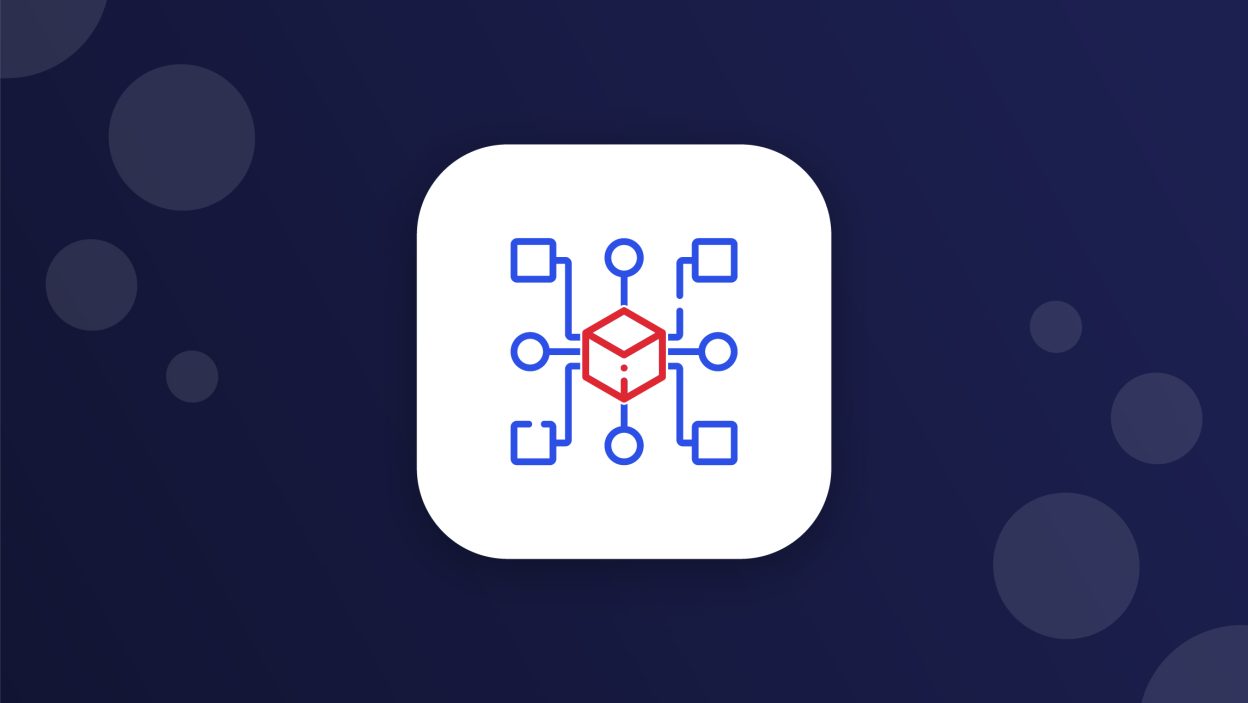
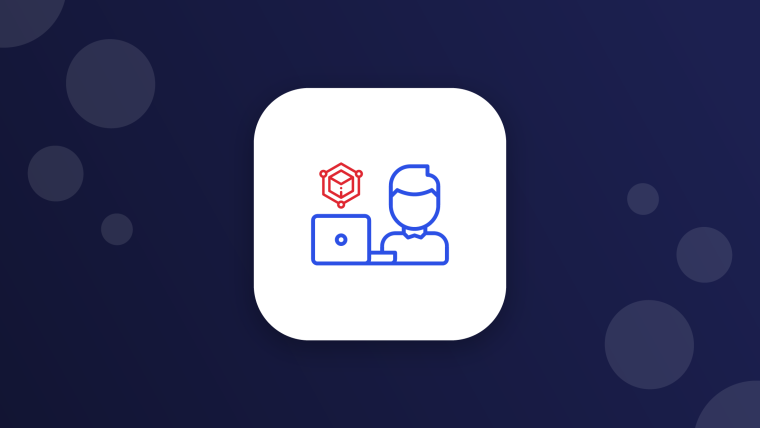
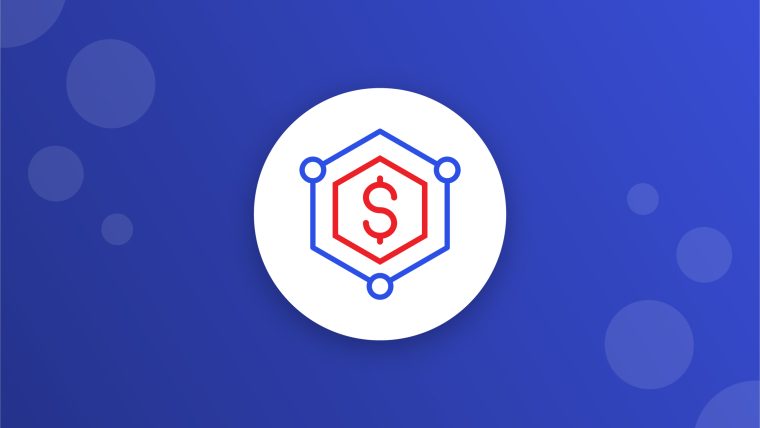
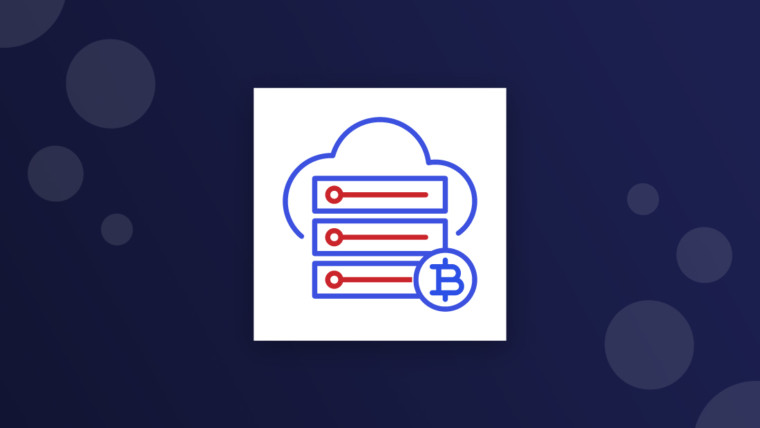
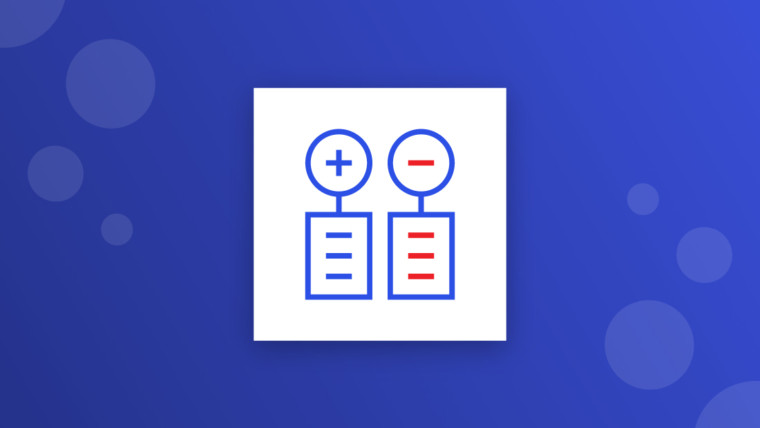
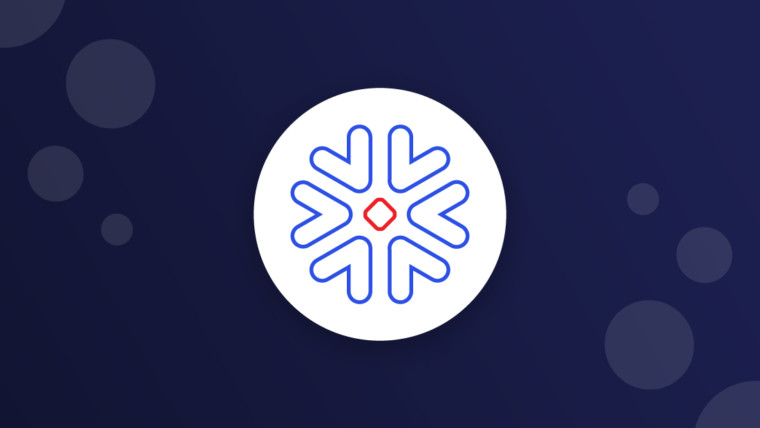
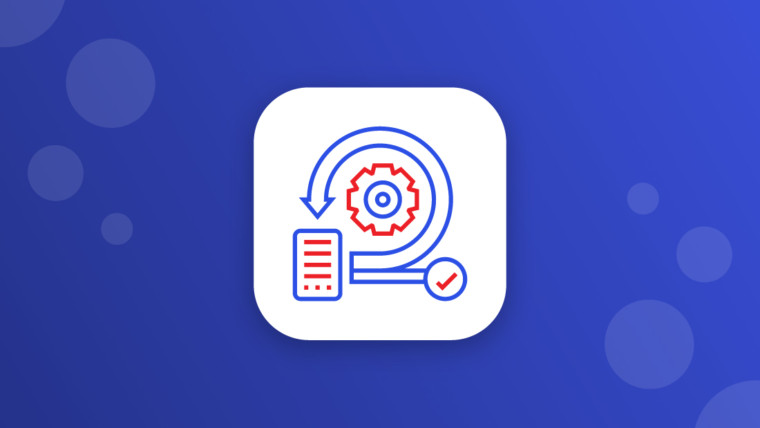
3 Replies to Best Blockchain Development Platforms for 2022
Thanks for sharing the best blockchain development platforms for 2022. By the way, which are your favorite cryptocurrencies to invest?
Bitcoin has experienced rapid surges and crashes in its value, climbing to as high as $17,738 in December 2017 before dropping to $7,575 in the following months.
thanks for info